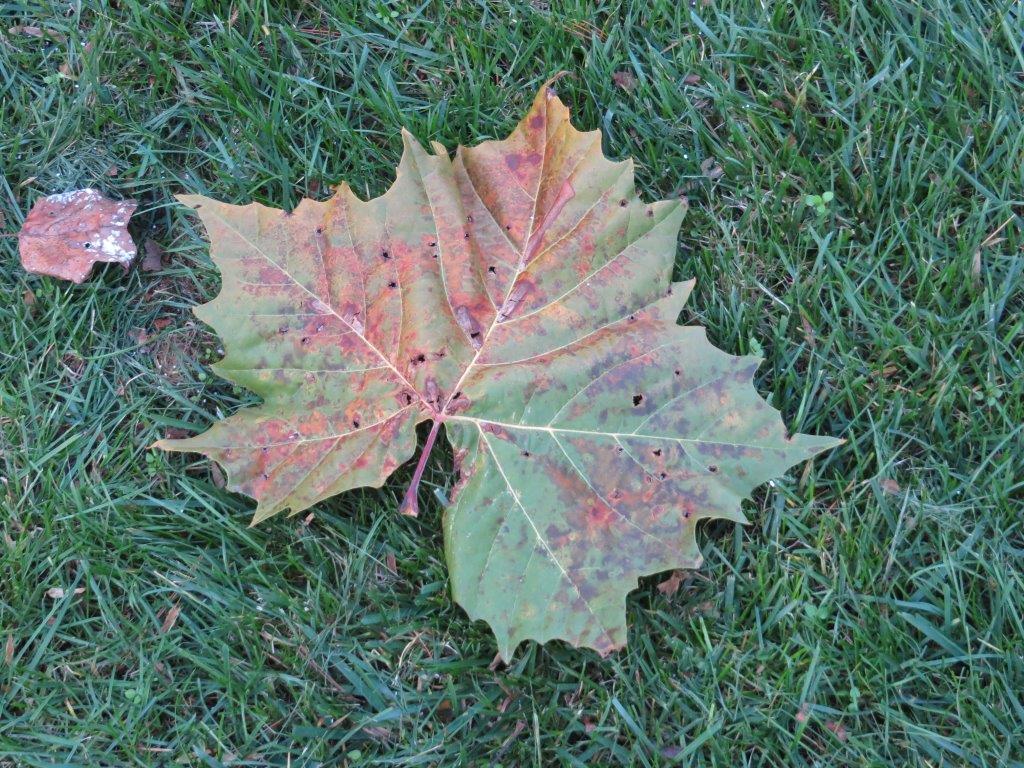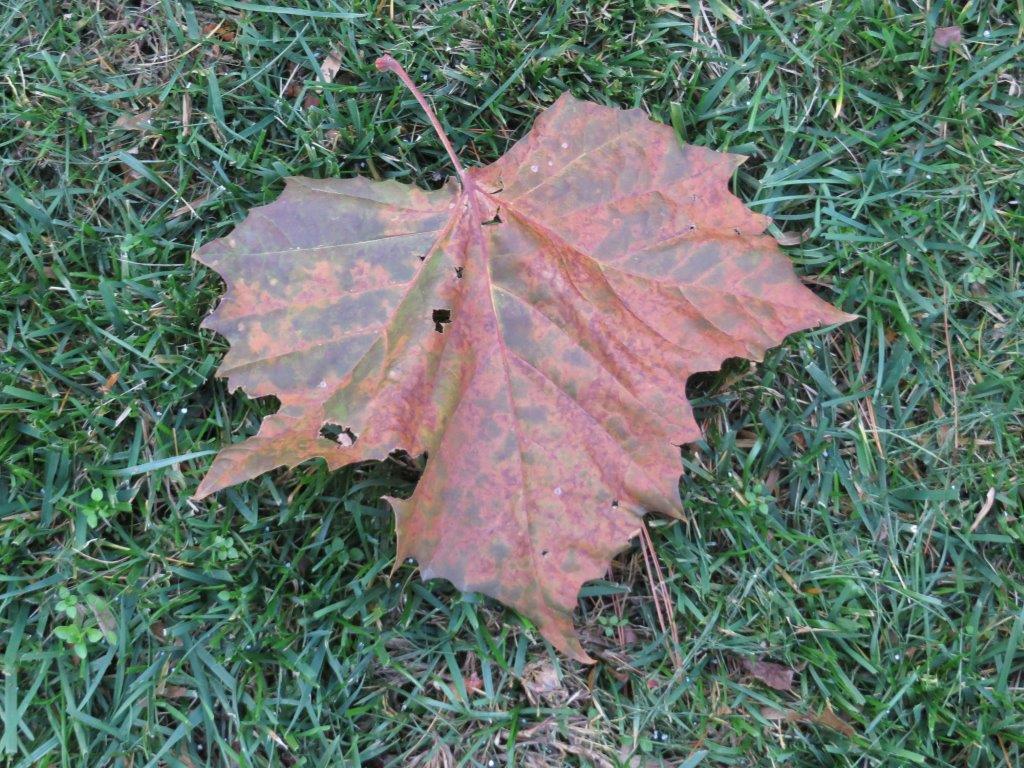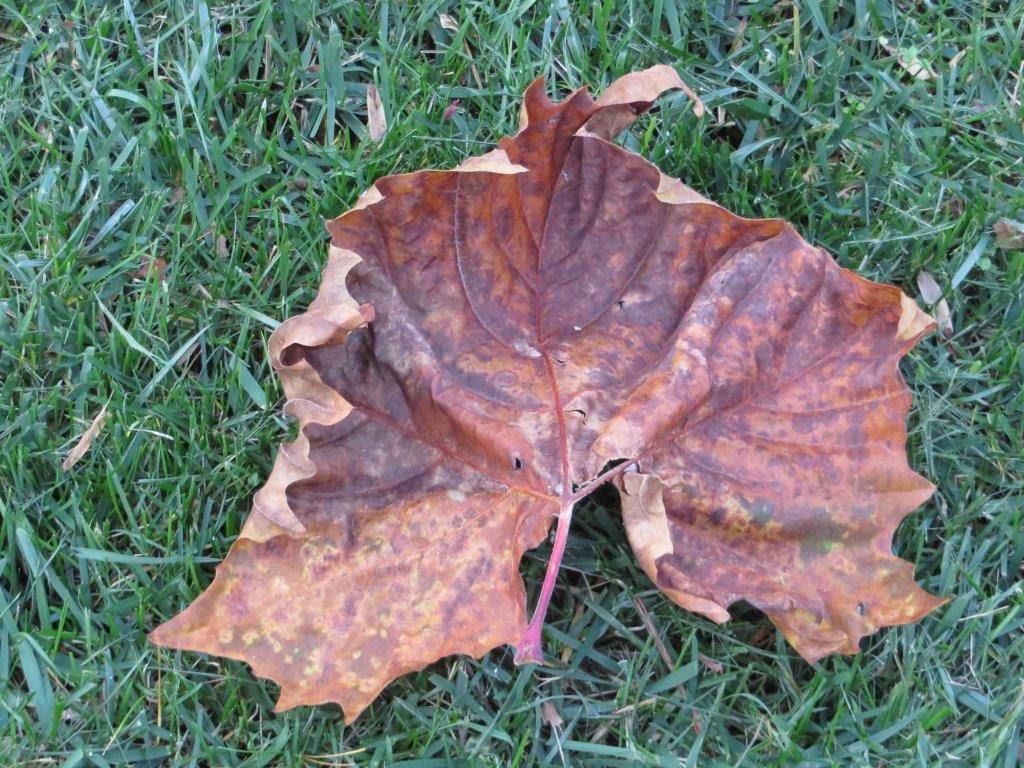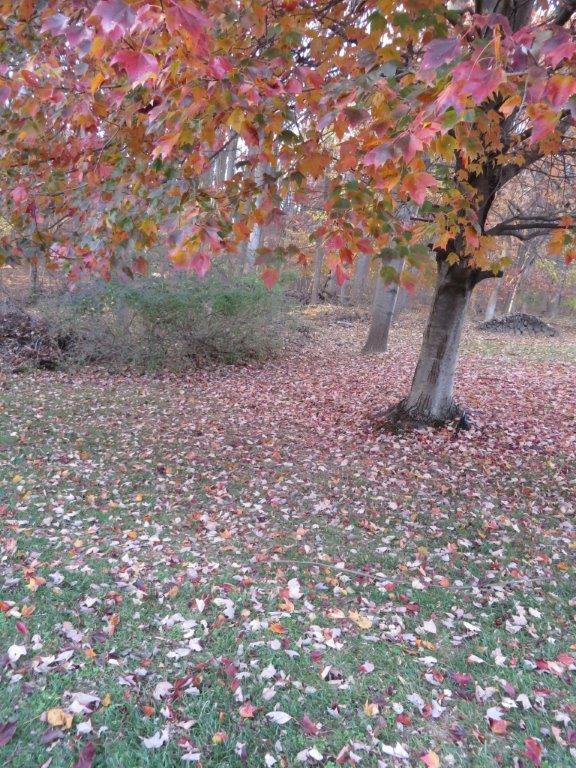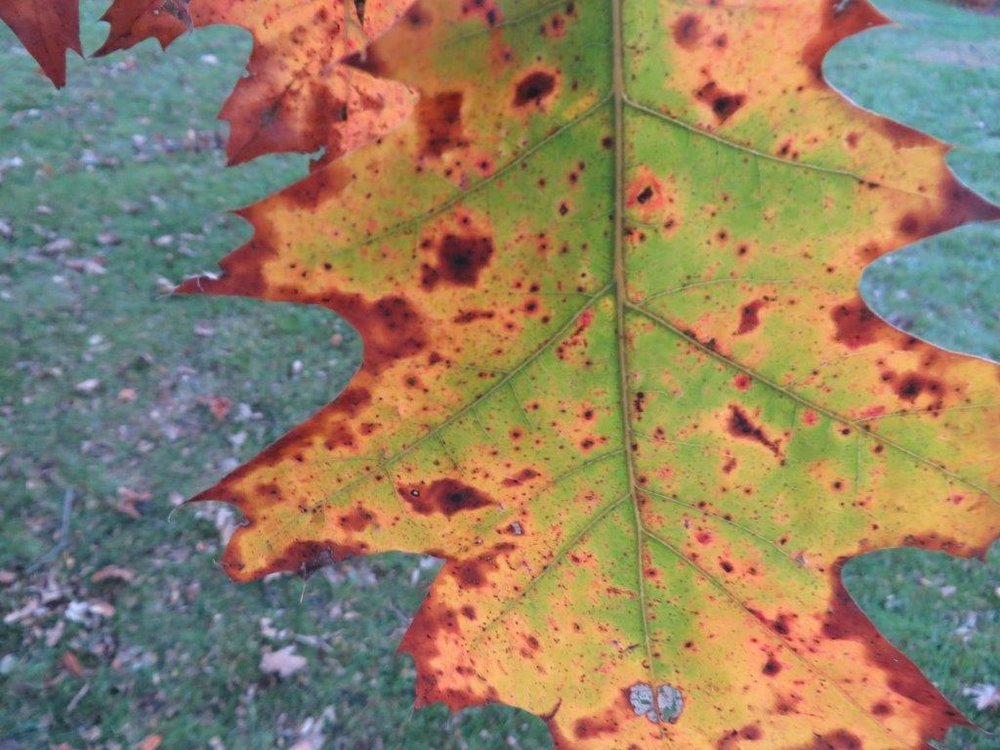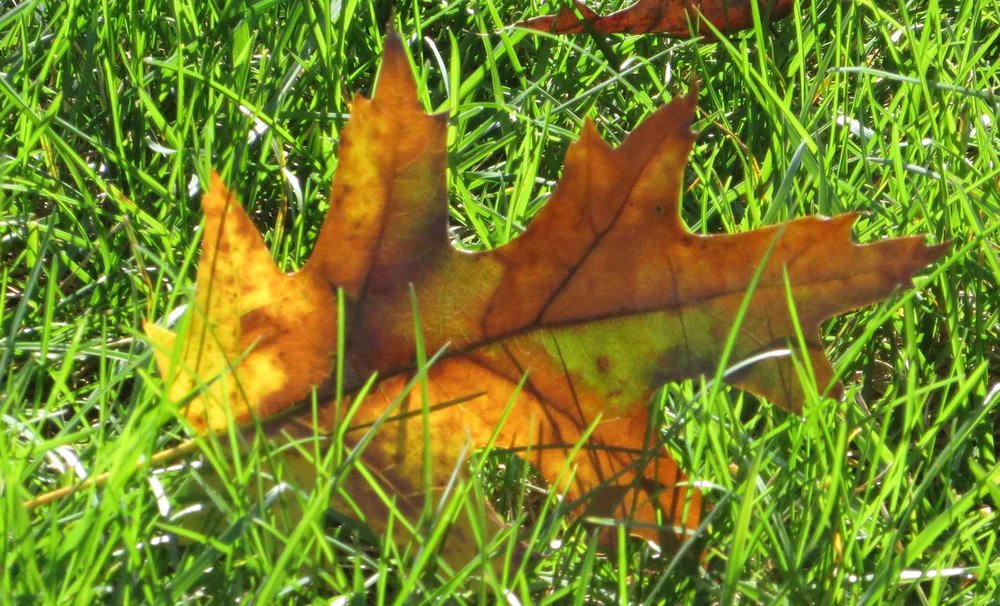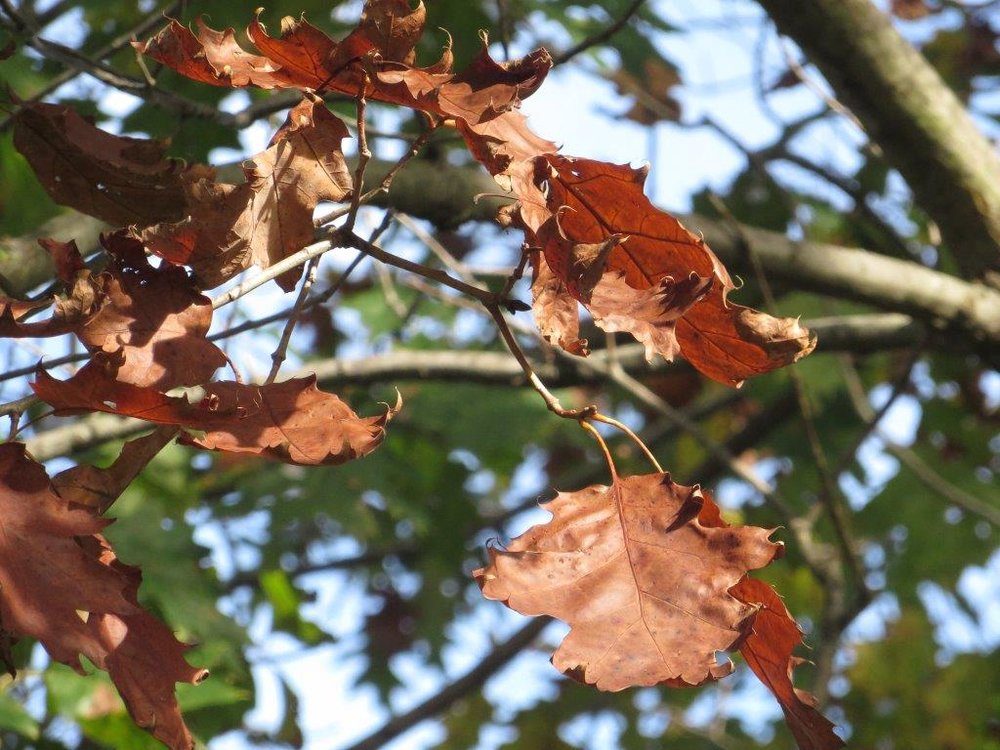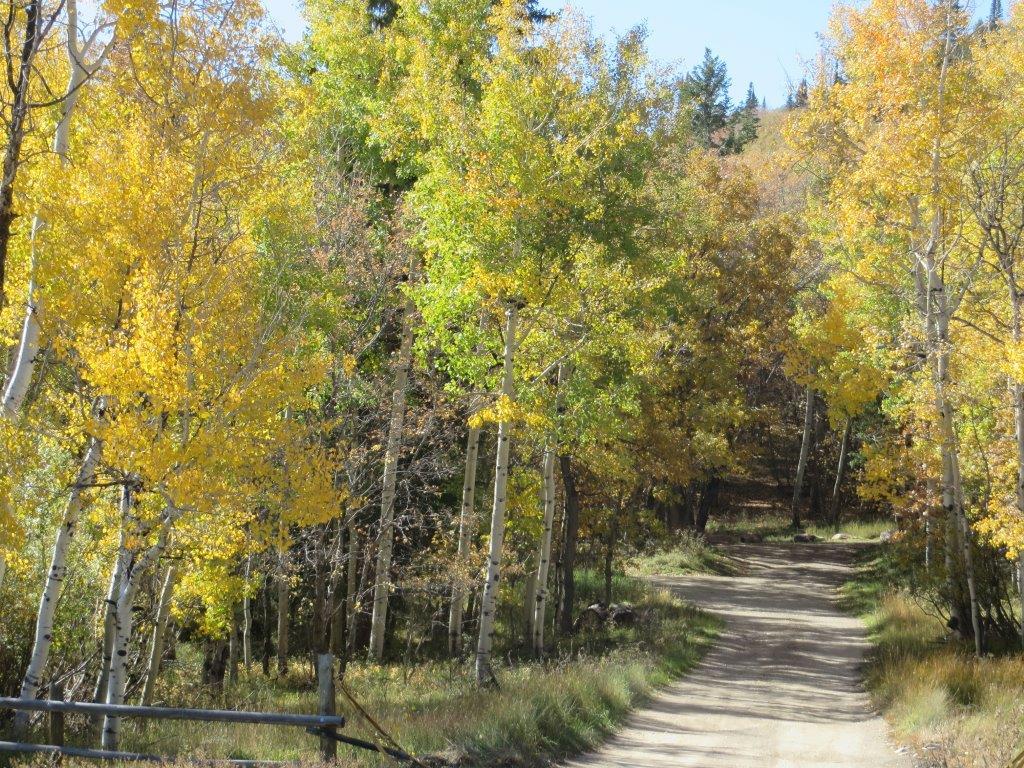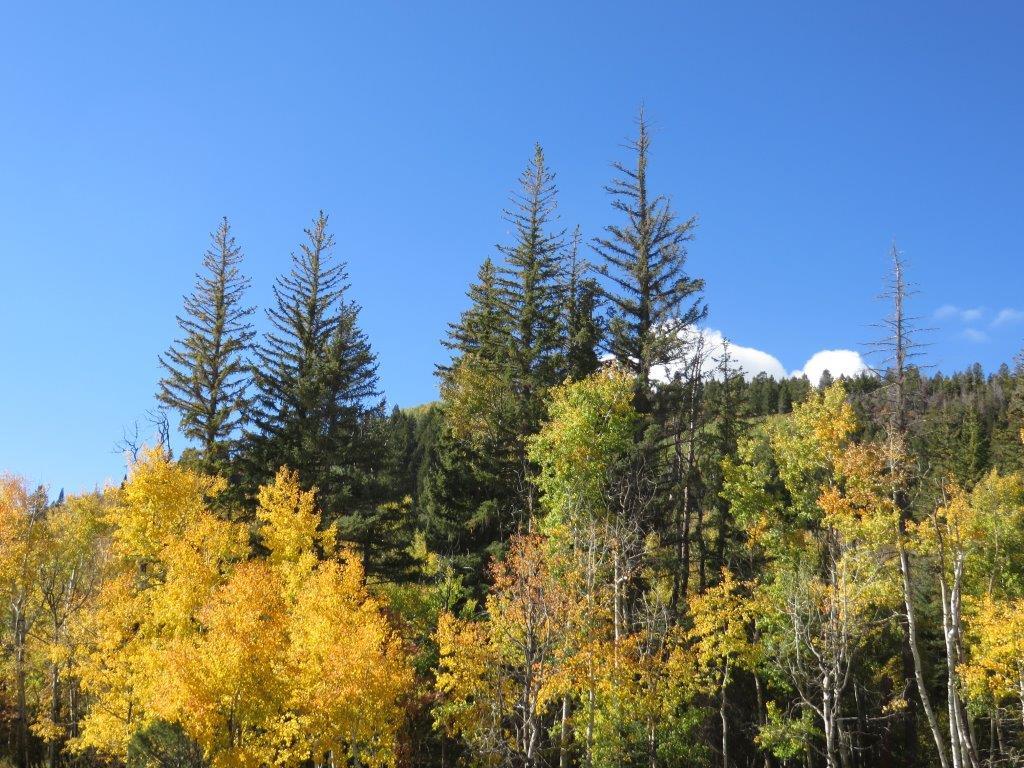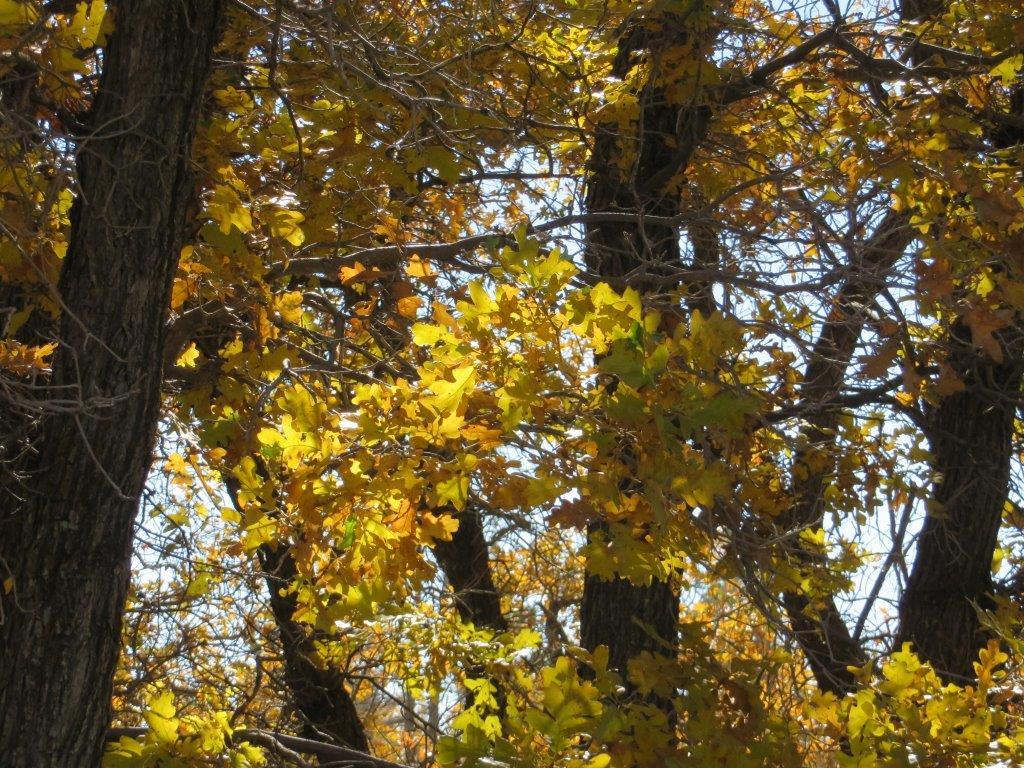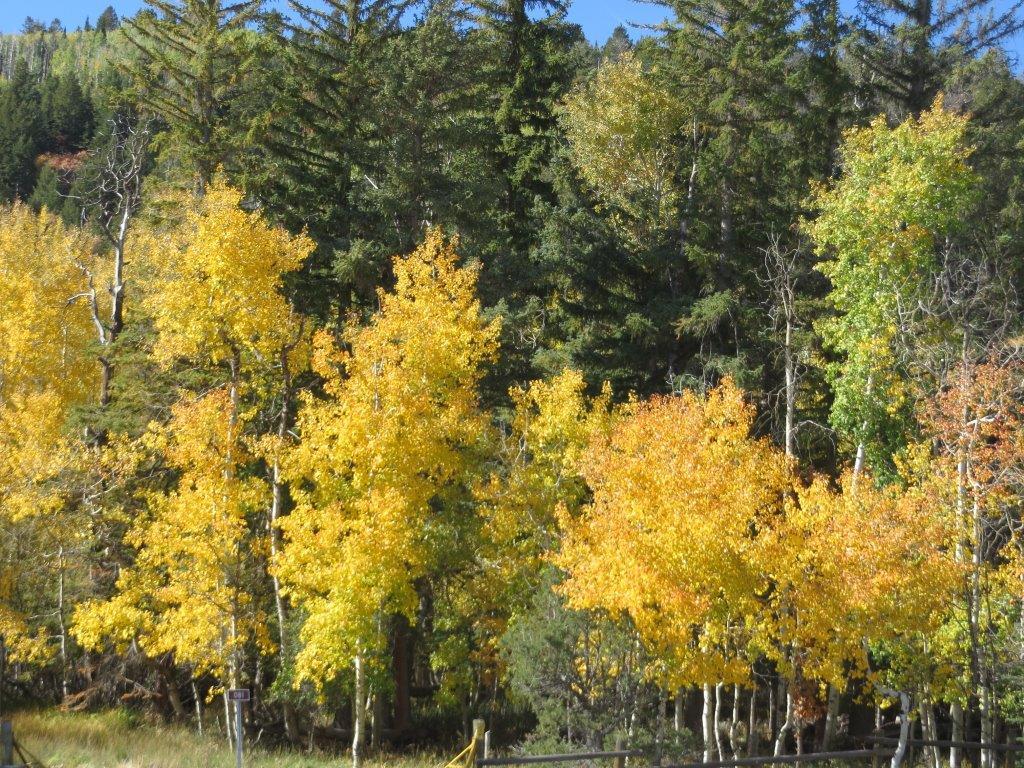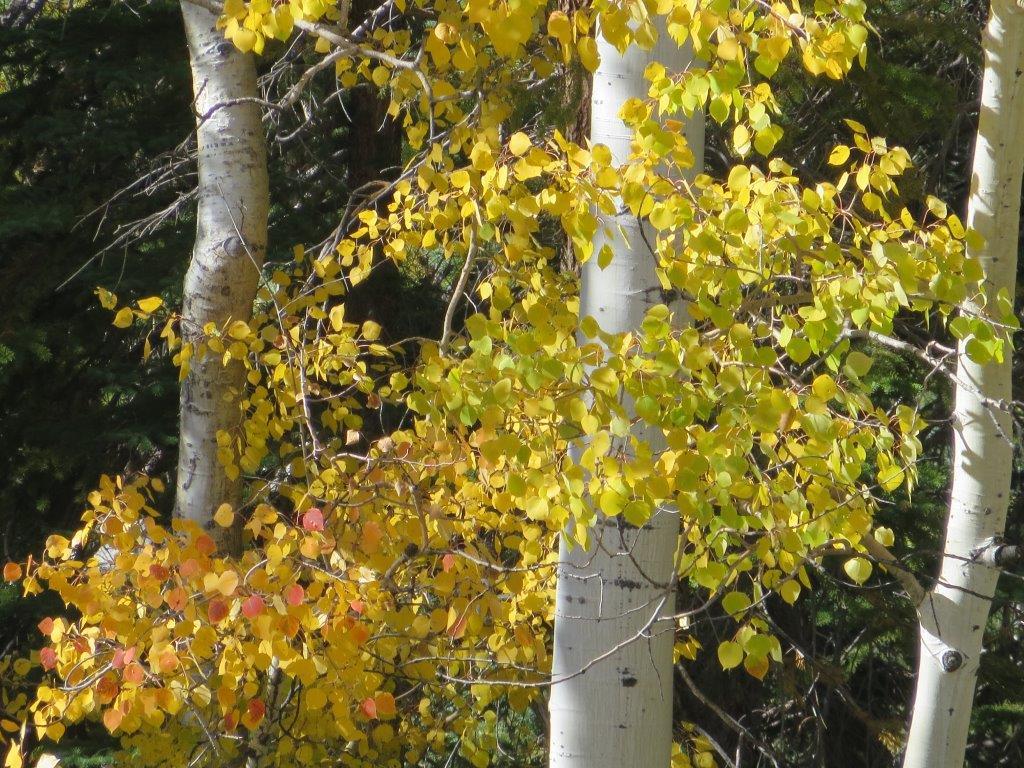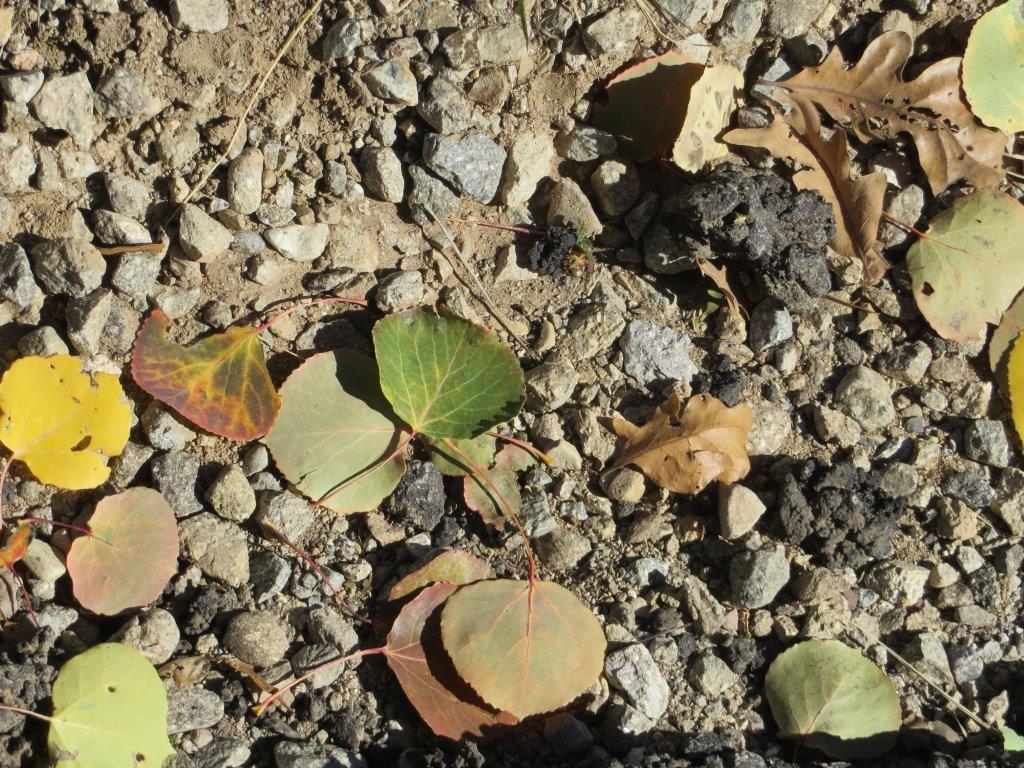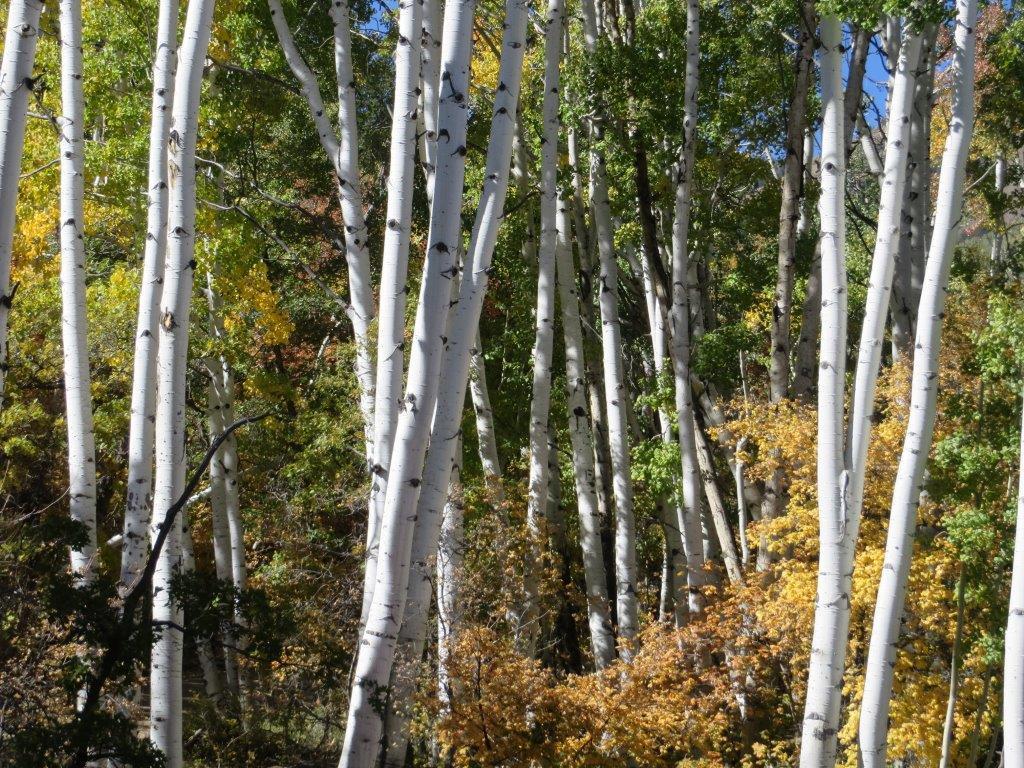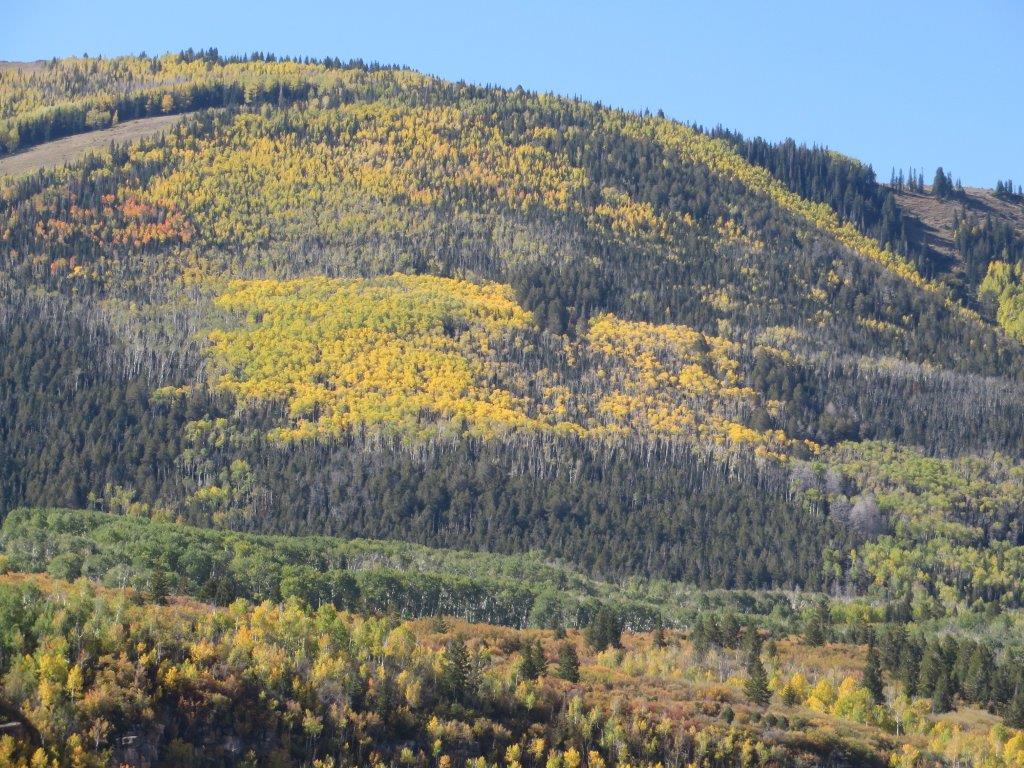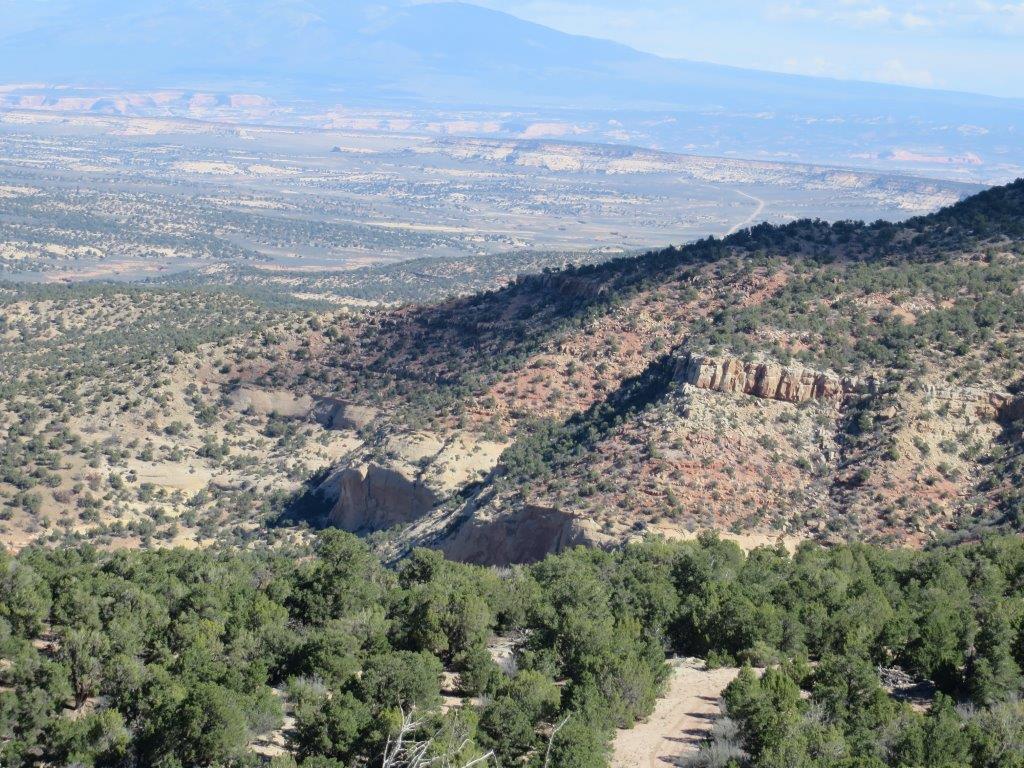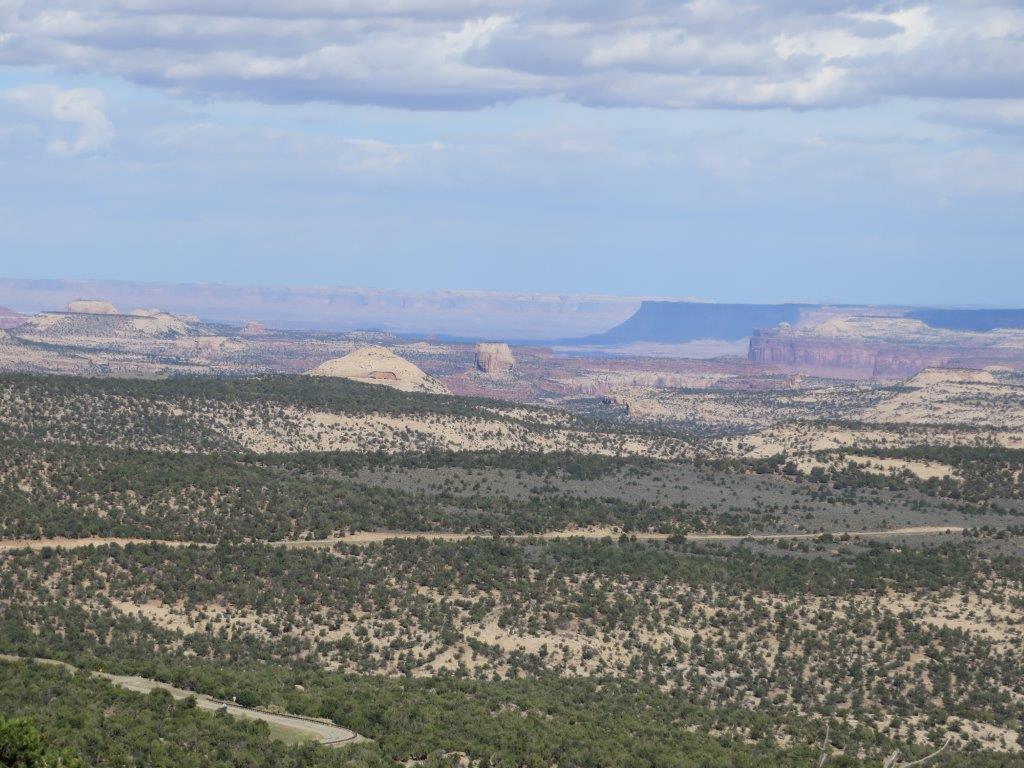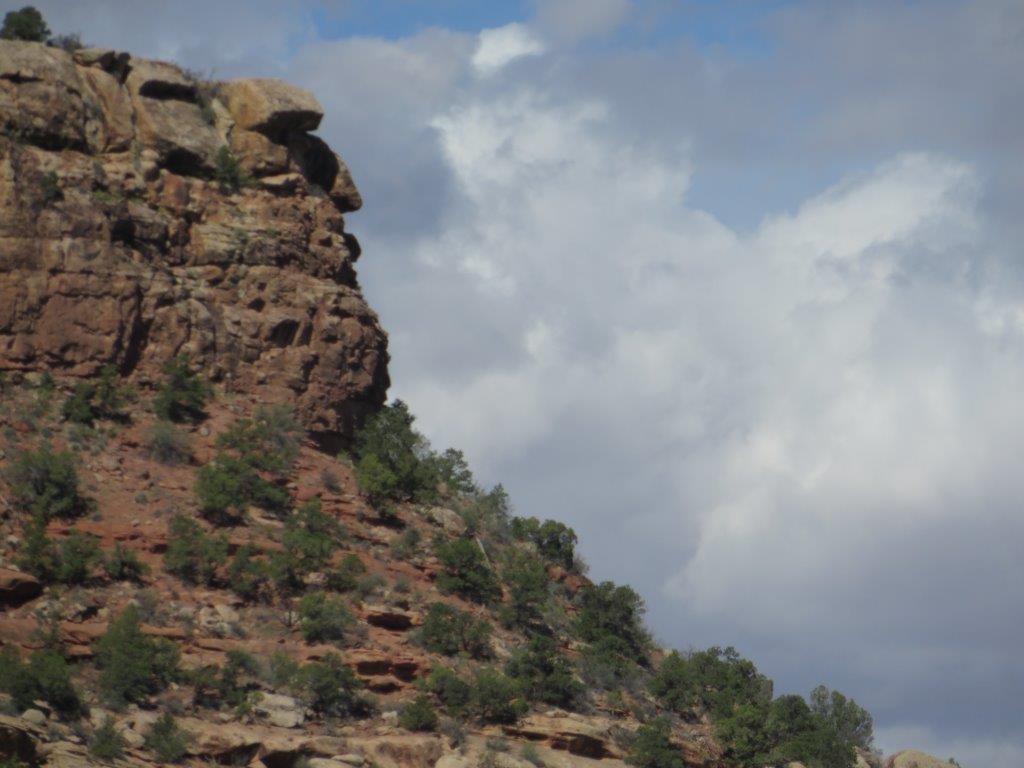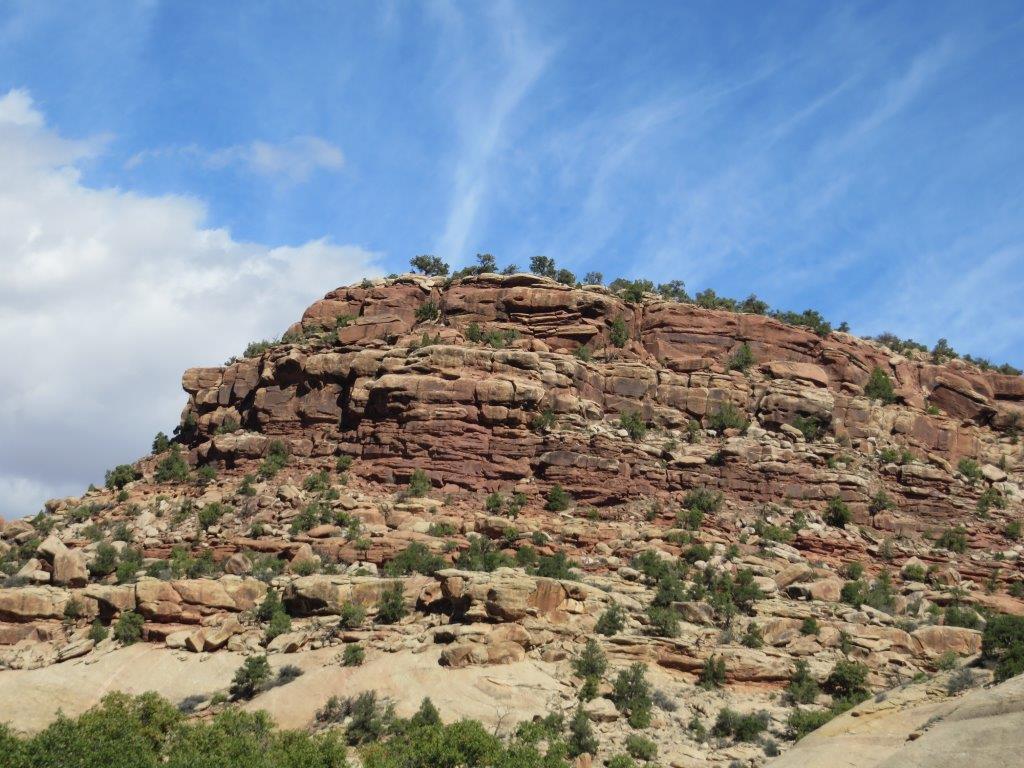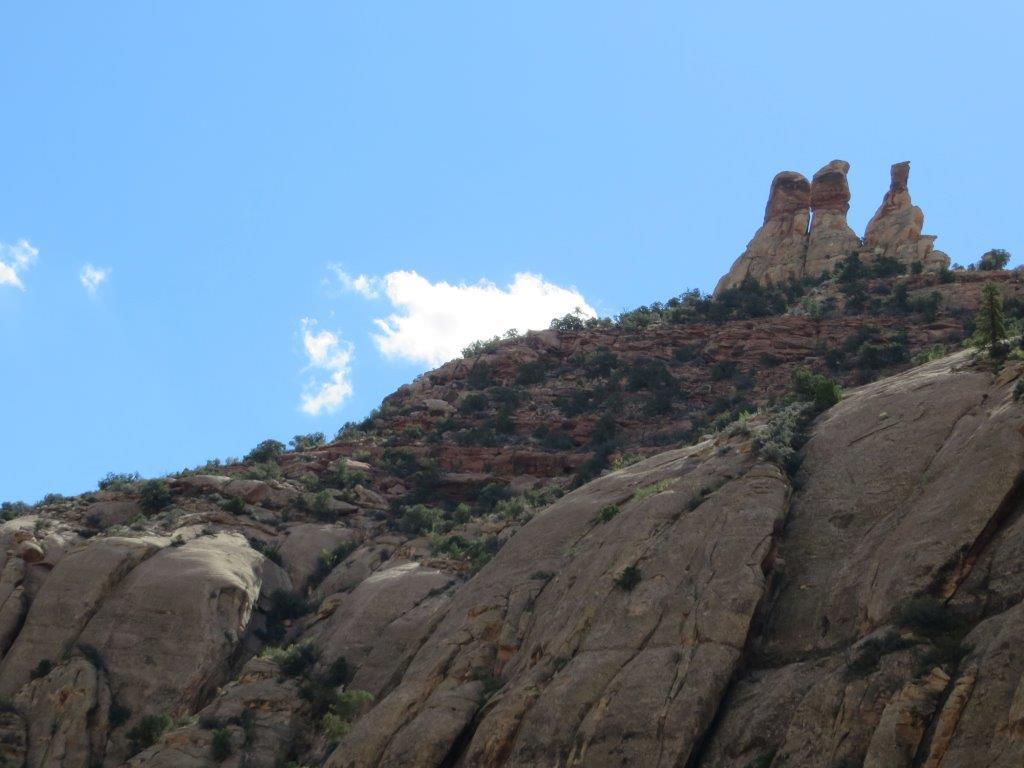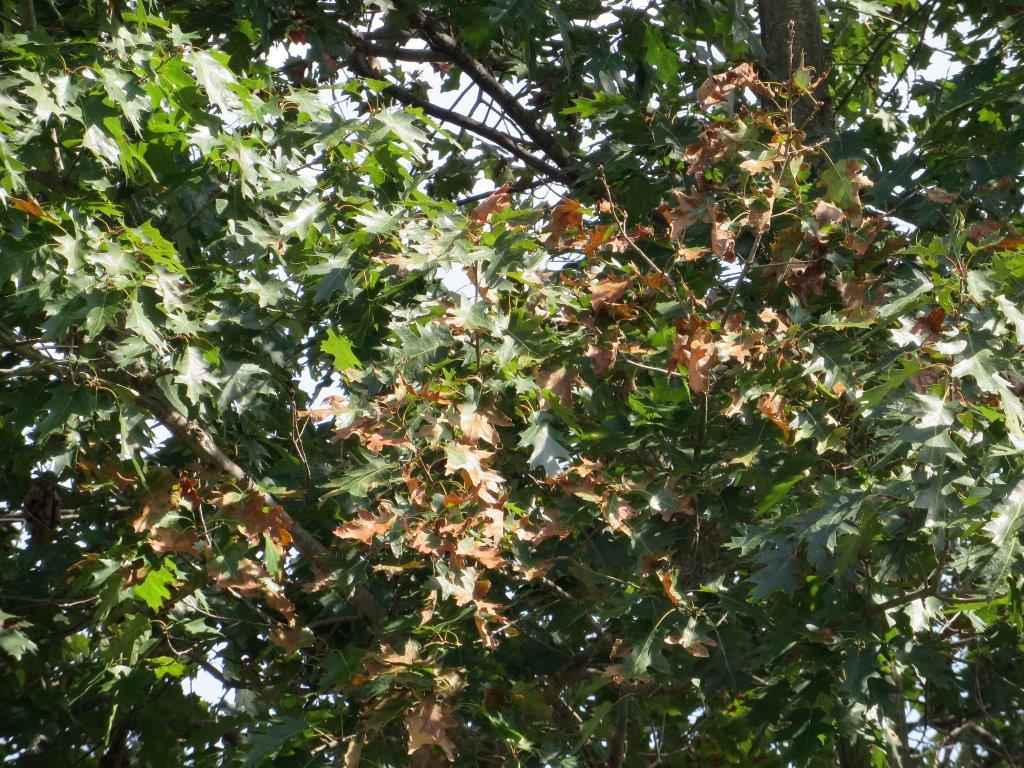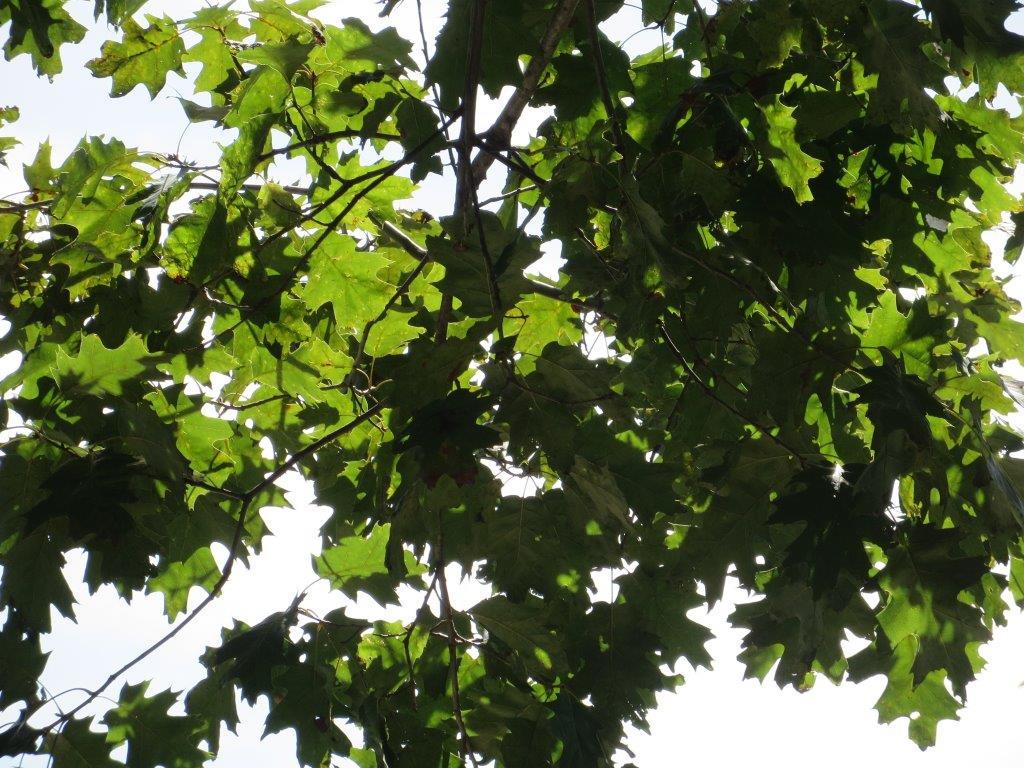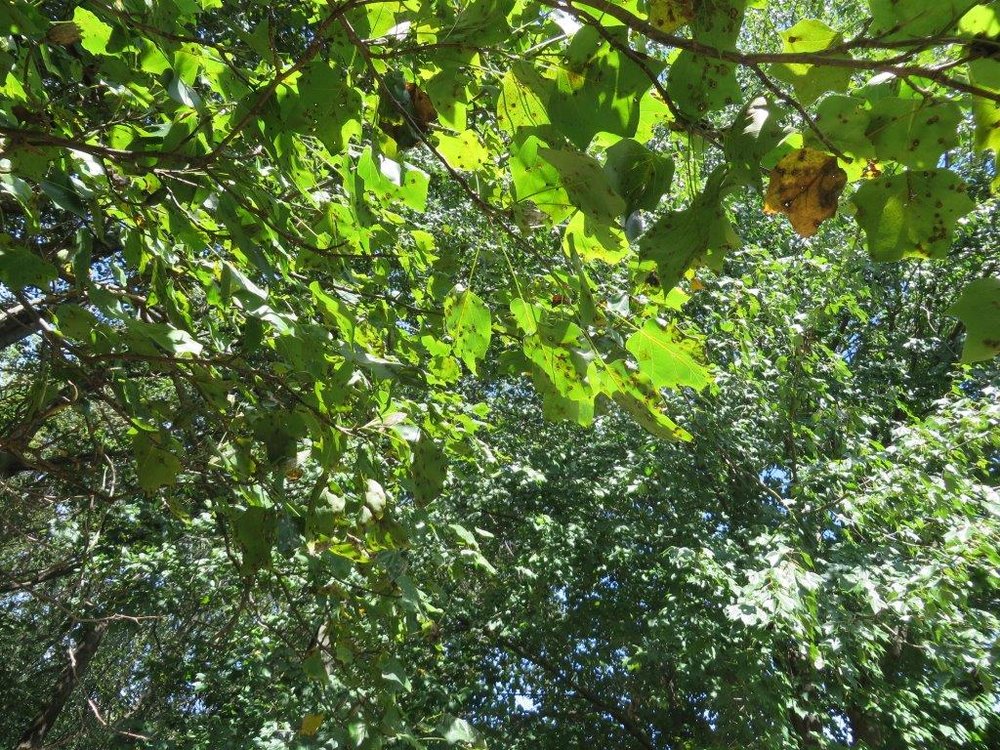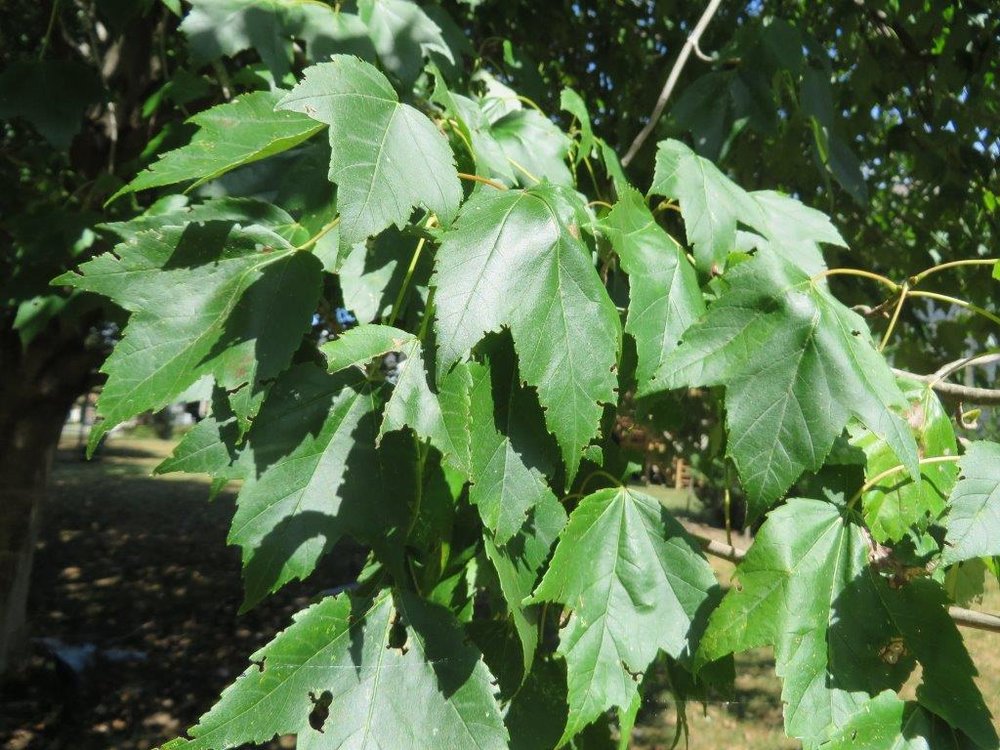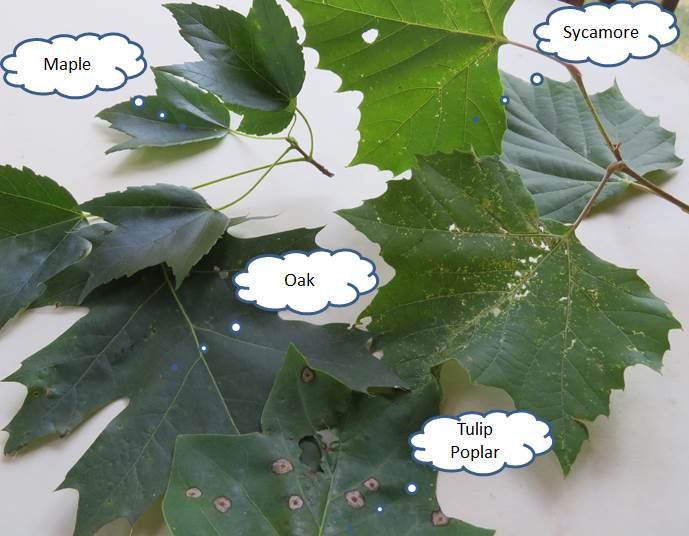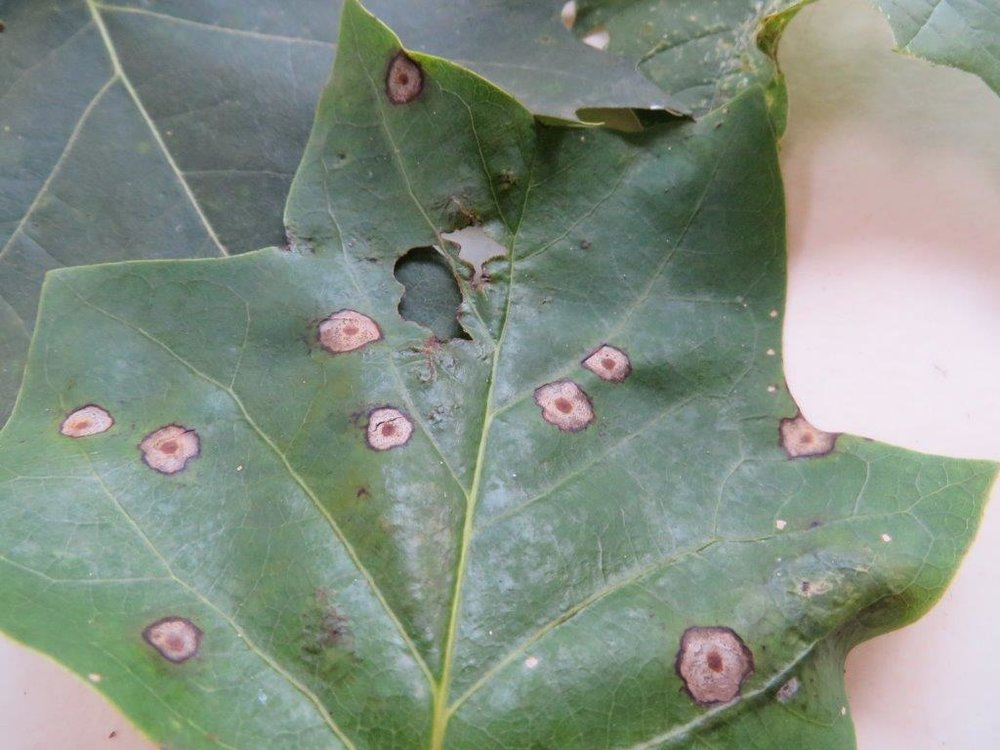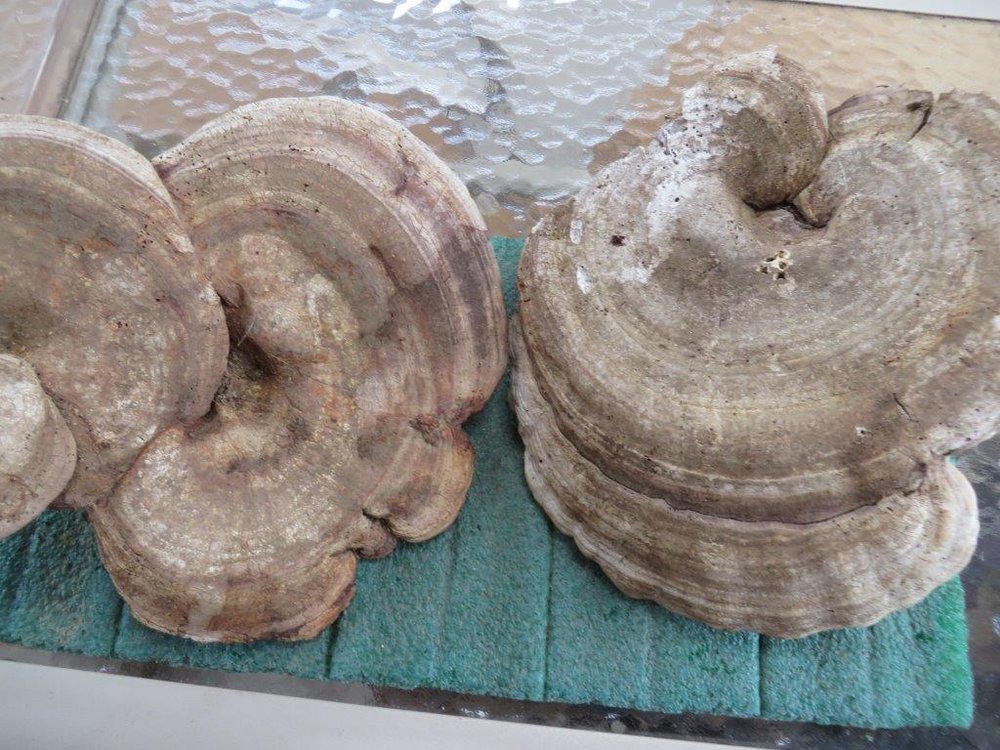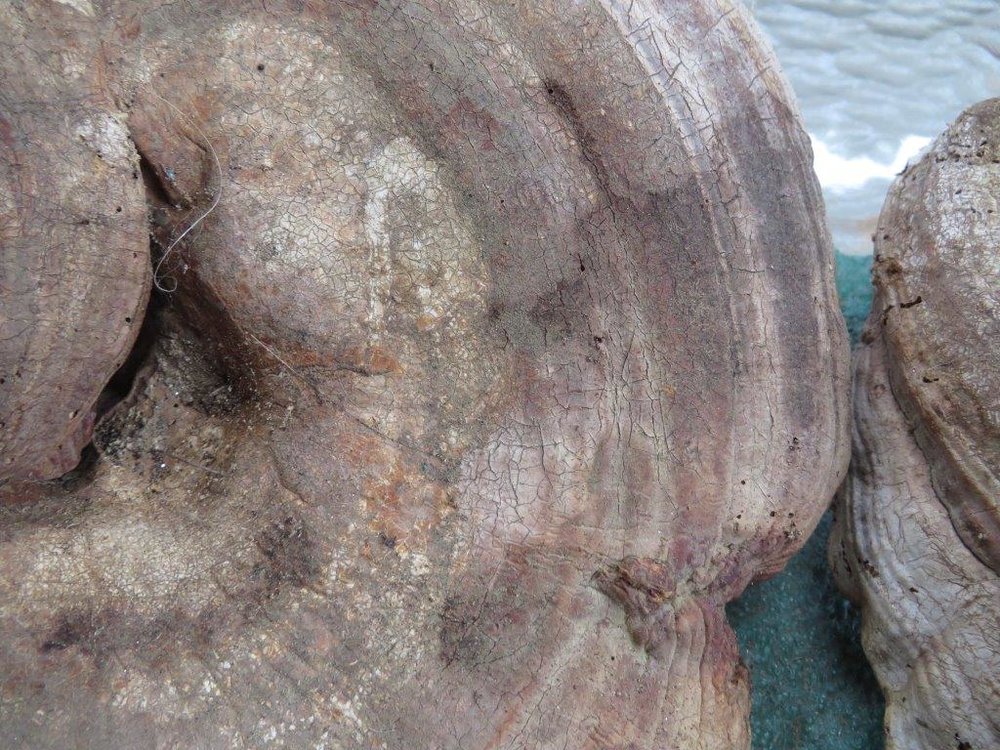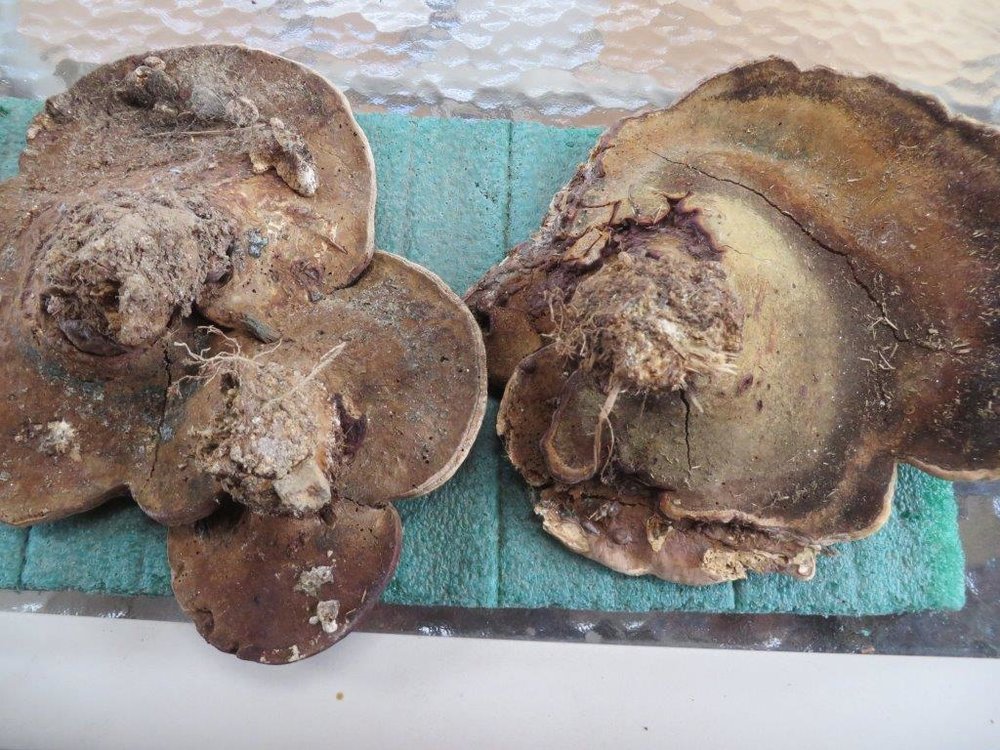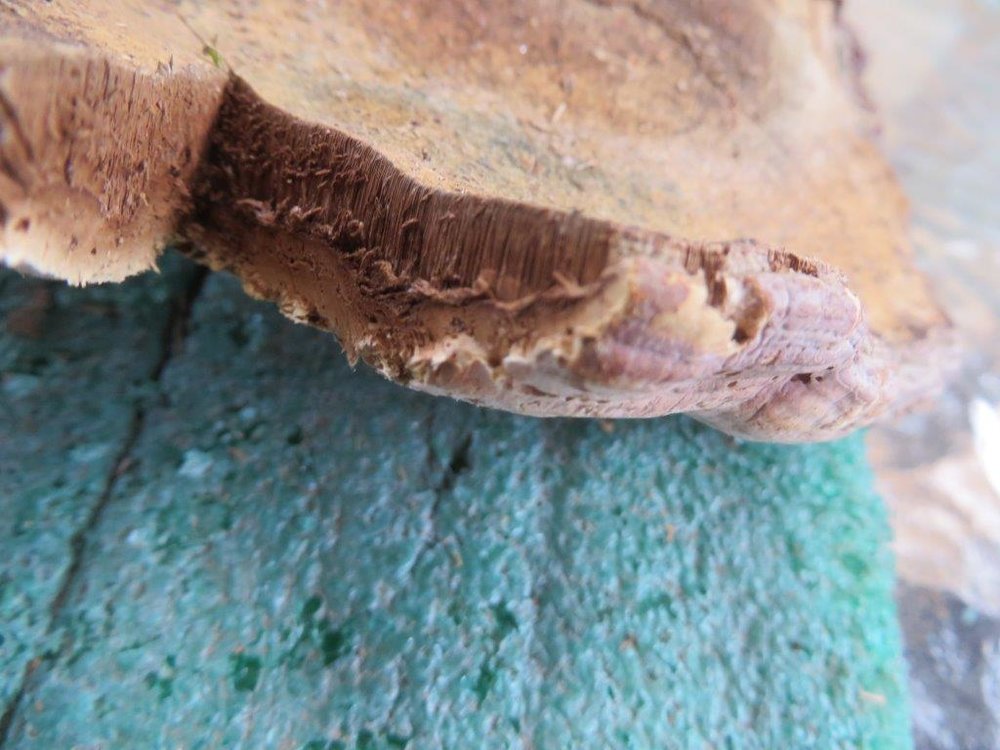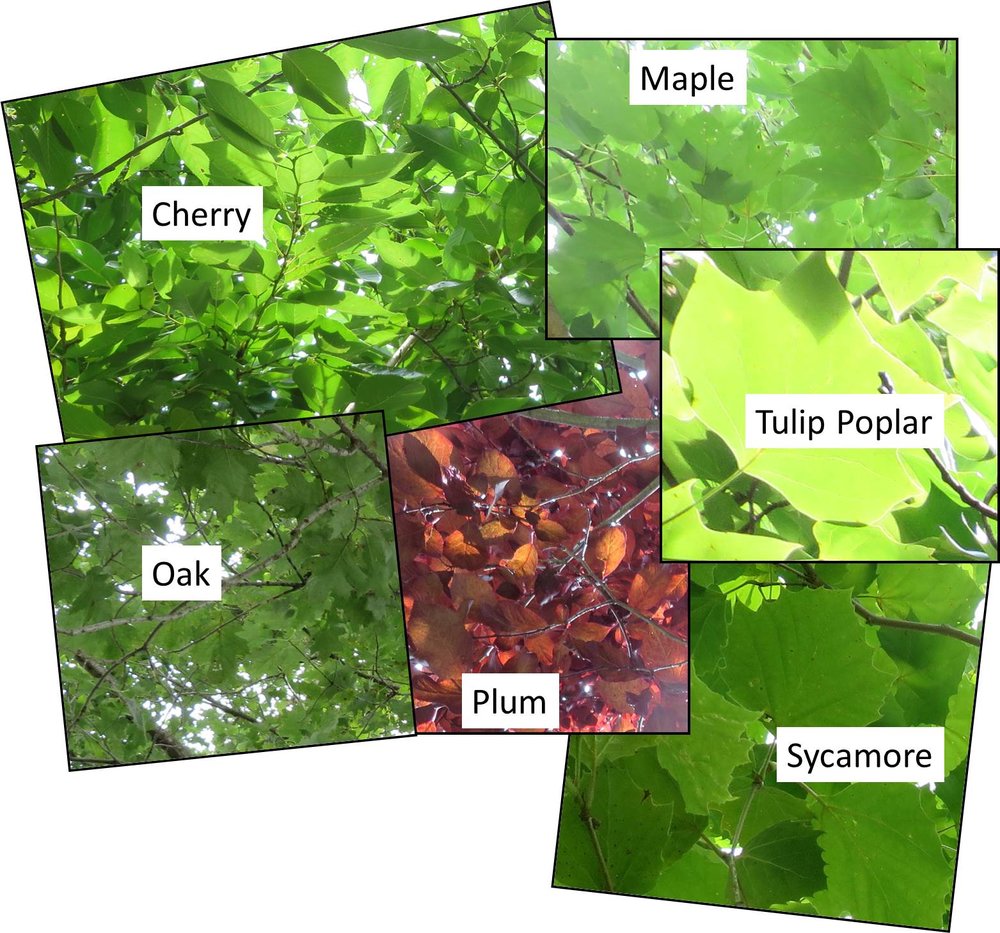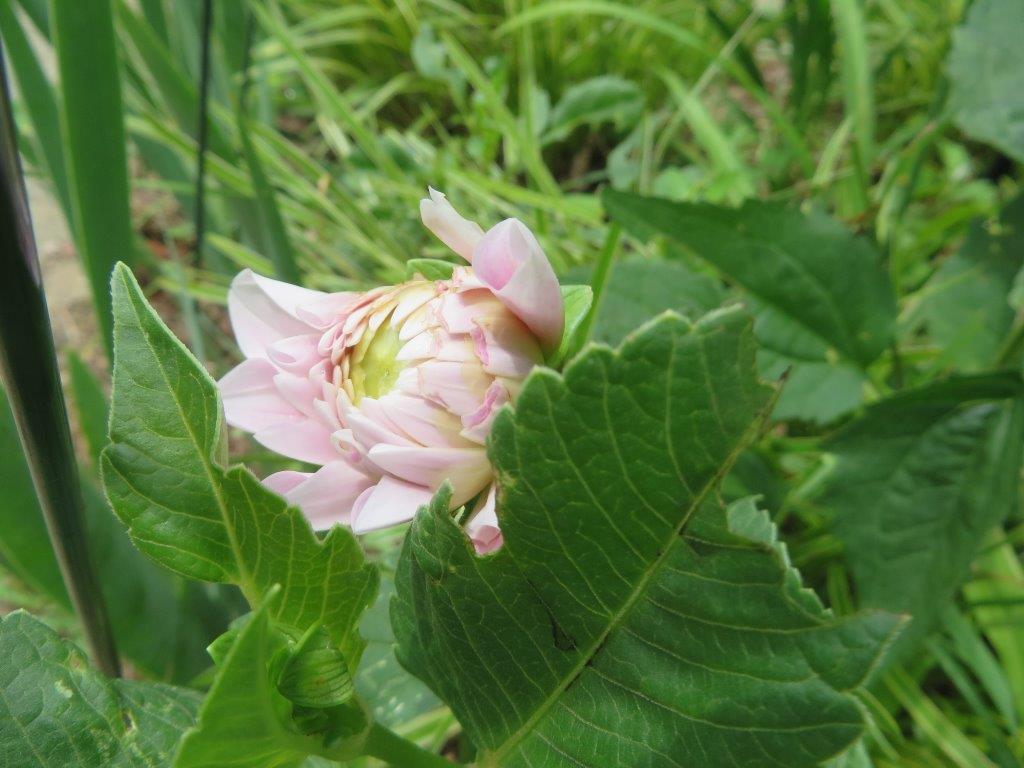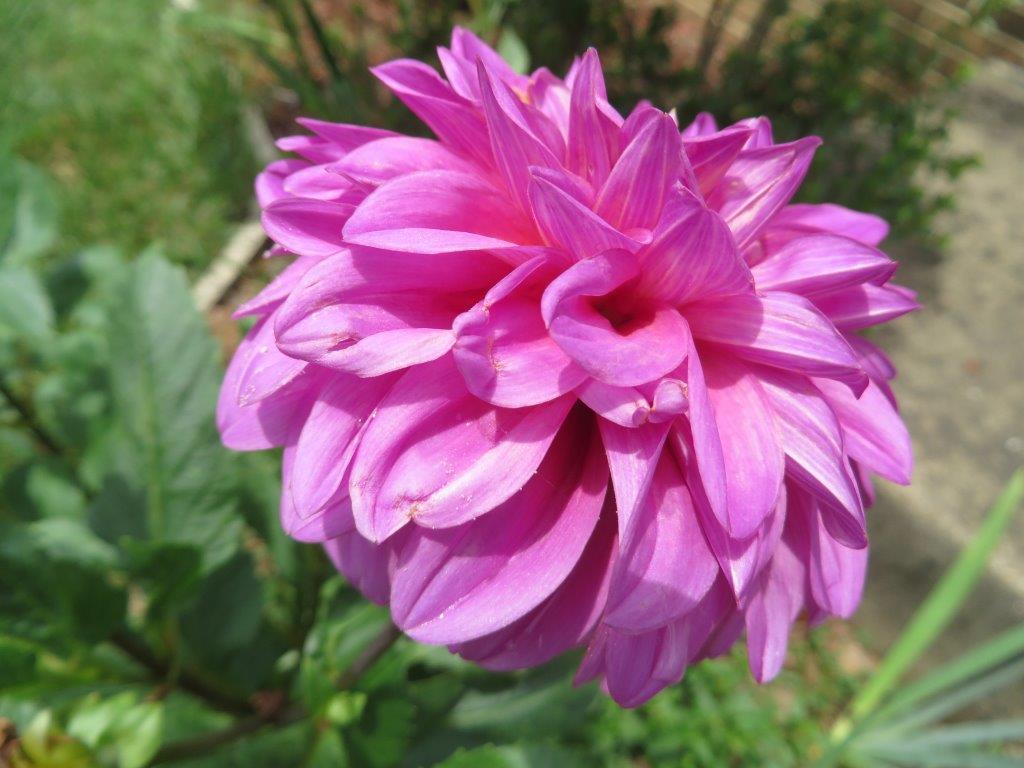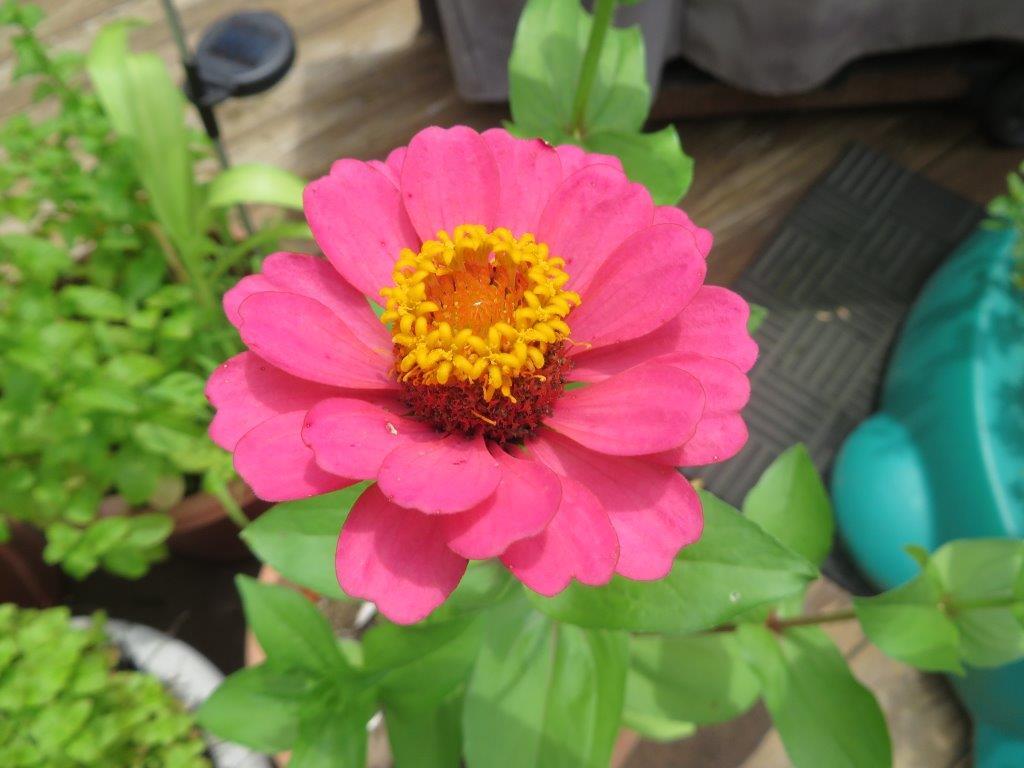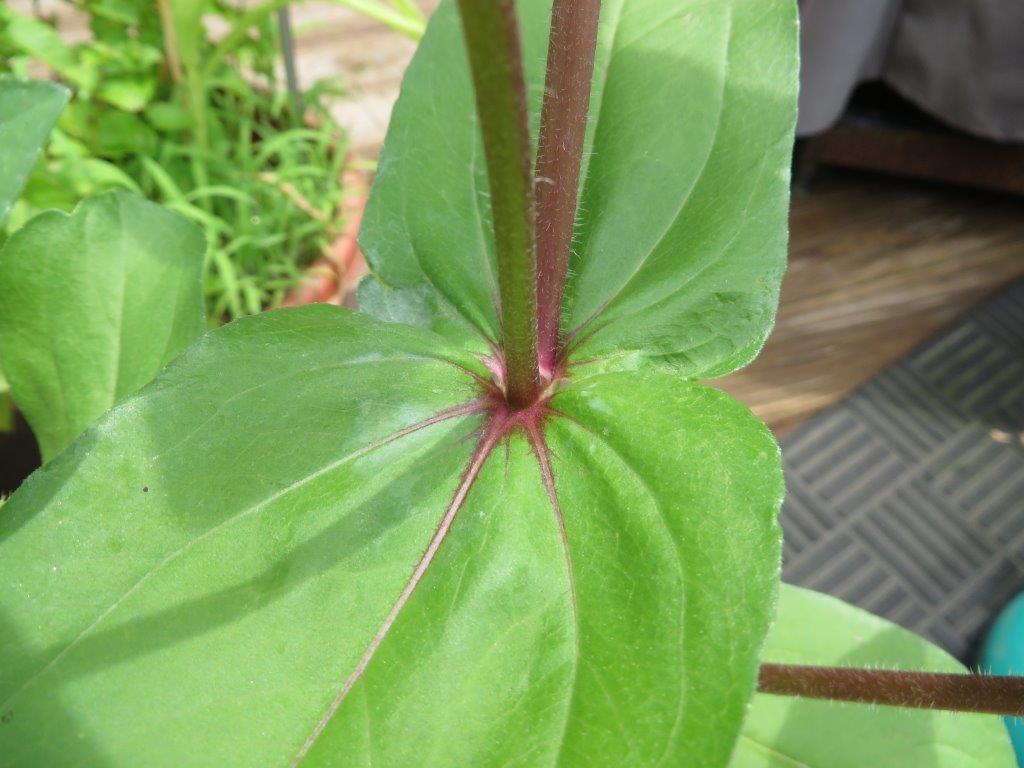Around our (Maryland) Yard in December 2013
/ Earlier in December we had snow but my walk around the yard for this post was on a cold, sunny day later in the month. I decided to focus on the bark of the trees.
Earlier in December we had snow but my walk around the yard for this post was on a cold, sunny day later in the month. I decided to focus on the bark of the trees.
When we first moved to our house about 20 years ago, the young oak tree still had a smooth trunk. Now It is ridged - a mature tree.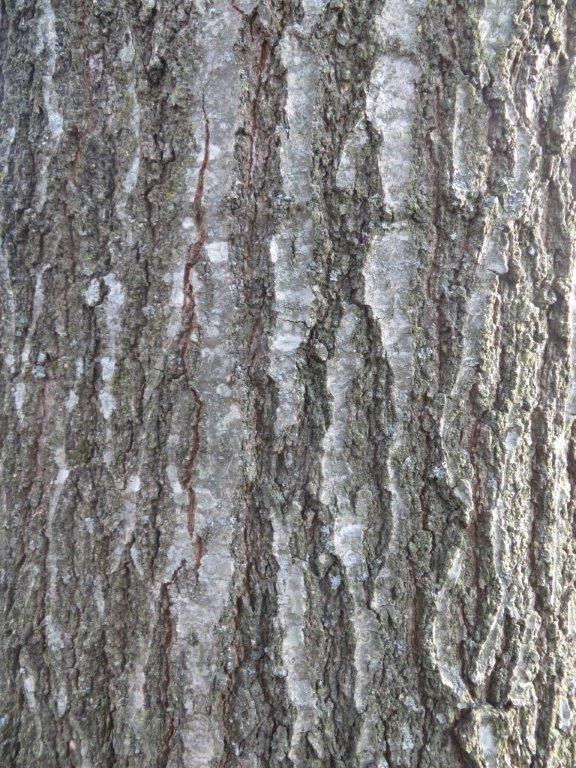
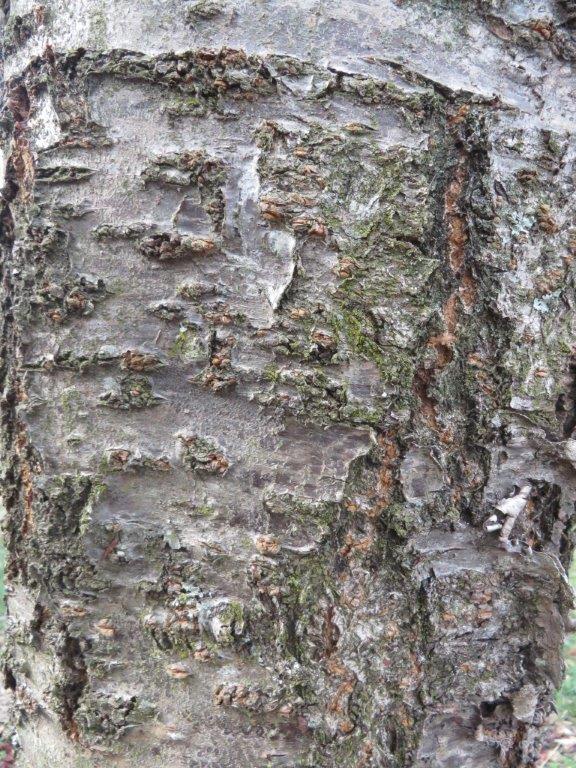 The cherry tree has developed knobs and scars.
The cherry tree has developed knobs and scars.
The young sycamore has bark beginning to peal this winter. It won’t become a ‘ghost’ tree quite yet but maybe next winter there will be more of the white inner bark showing after the leaves fly away.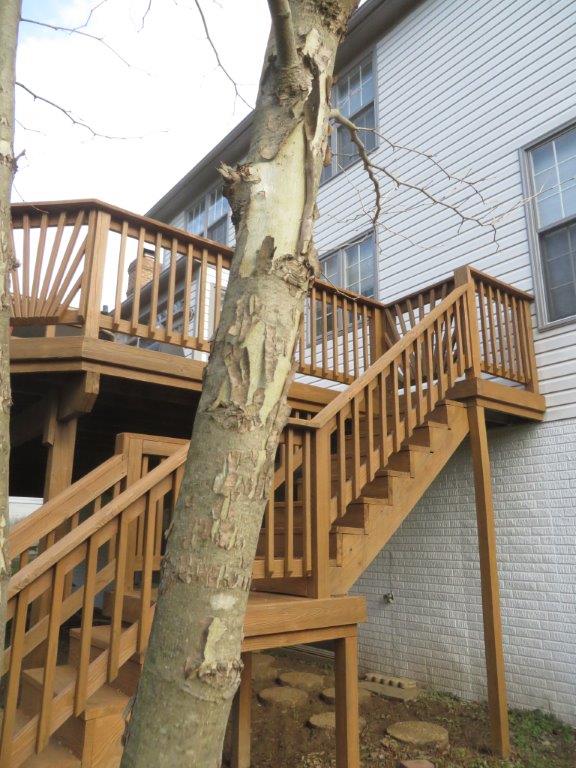
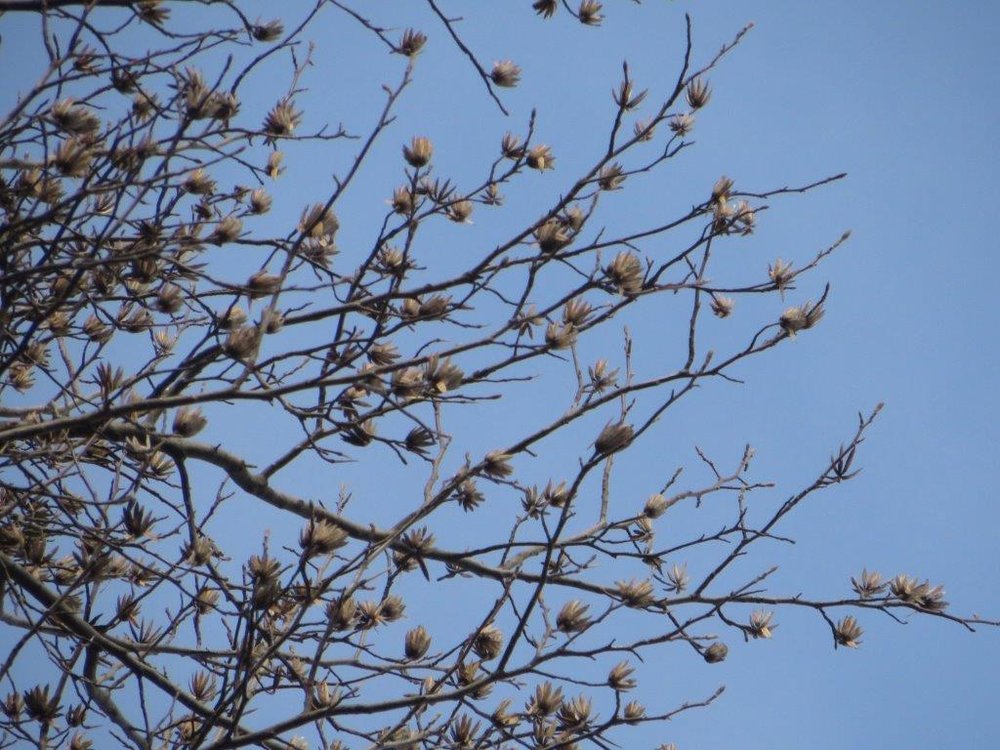 The last picture is not bark - it the tulip poplar in winter, with the dry seeds flying away from the treetop every time the winter wind blows.
The last picture is not bark - it the tulip poplar in winter, with the dry seeds flying away from the treetop every time the winter wind blows.





